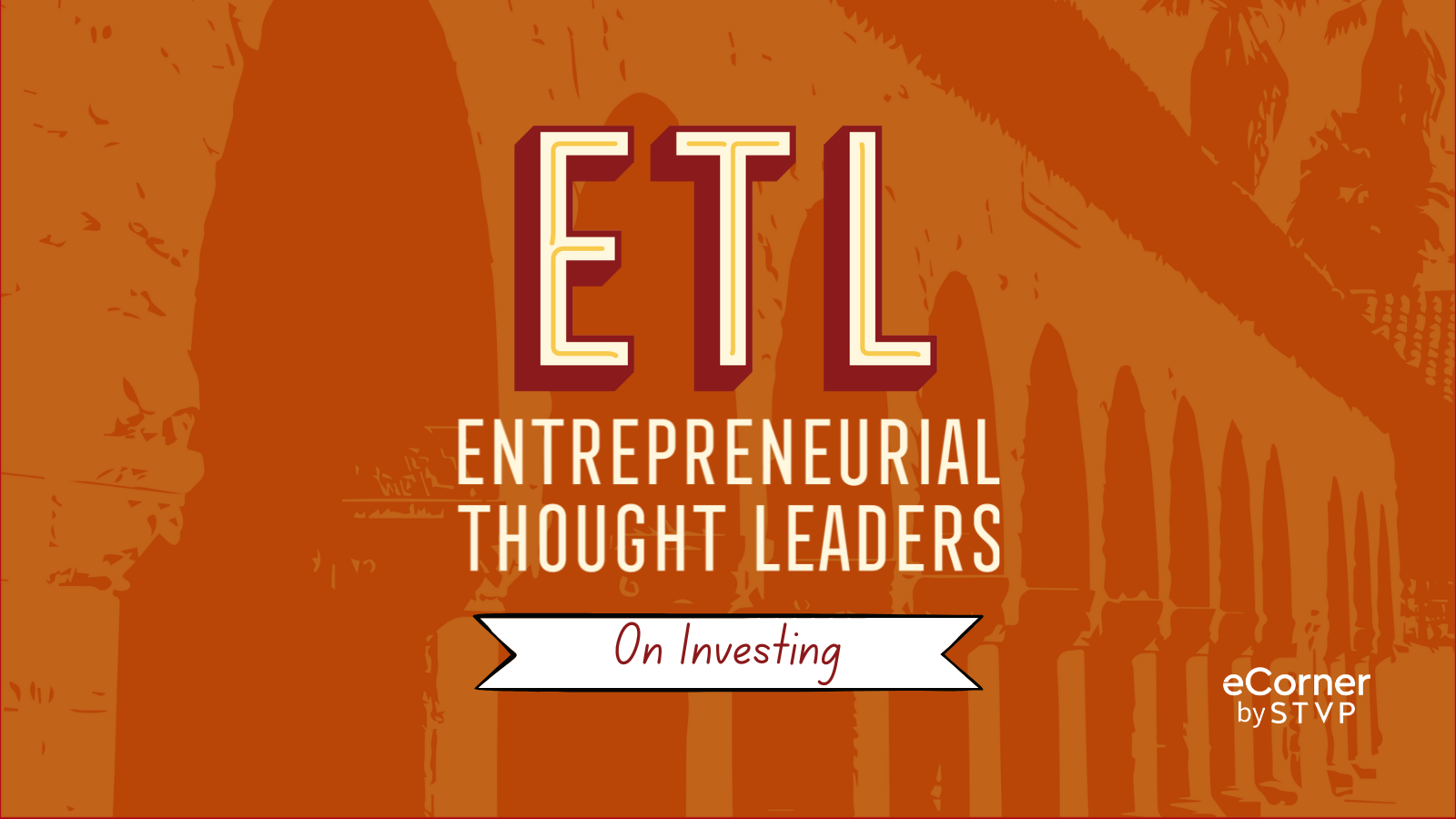The Innovation Insurgency Begins

At a time when the pay and perks of the tech sector can seem much more tempting than the physical and emotional demands of active military service, a course created at Stanford University is giving the next generation of innovators at campuses across the United States a way to serve their country as it fights to keep up with terrorists and hackers who adopt and implement new technologies.
The course, Hacking for Defense, debuted at Stanford in spring 2016 as a way to teach students the “lean startup” approach, a method popular among Silicon Valley entrepreneurs for quickly discovering user needs and developing a product. Instead of building apps for a smartphone, students in these classes build prototypes for mission-critical innovations such as wearable sensors for Navy divers or next-generation bomb detectors.
Navy divers sometimes work at depths of up to 200 feet for two to four hours, so sensors that can measure core body temperature and other biometrics on a single battery charge would be a game-changer. And thus far, robots and drones used by the Army to detect improvised explosive devices and enemies lying in wait have been hampered by environmental factors such as terrain, as well as their own size and weight.
Seeing the original Stanford course as a prototype, the teaching team captured the class’s activities and progress throughout the quarter and shared everything online — including all the lesson plans — for any university interested in replicating the experience at their campus.
“Our goal was to scale these classes across the country, giving students the opportunity to perform a national service by solving real defense and diplomacy problems using lean methods,” said Steve Blank, adjunct professor in Stanford’s Department of Management Science & Engineering. “Our government will benefit from the fresh ideas and perspectives of students who are eager to tackle society’s most daunting challenges.”
Now, Georgetown University, the University of Pittsburgh, James Madison University and Boise State University and the University of California, San Diego, have all debuted Hacking for Defense (H4D) on their campuses. In total, the class will be offered at 23 universities around the country in the next year.
Blank, a retired eight-time serial entrepreneur and a creator of the lean-startup movement, conceived of the H4D course after five years of teaching a popular tech-startup class at Stanford and designing a training program for the National Science Foundation that shows government-funded scientists how to take their breakthroughs out of the lab and into the market.
But Blank is quick to point out that the goal of H4D is not to have students build products for the military to be shipped off to the front lines. Nor does he wish to turn students into entrepreneurs that run off and launch their own startup once the class wraps up.
“As educators, our job is to teach students a way of thinking,” said Blank, who led a teaching team that included faculty from Stanford’s School of Engineering and Center for International Security and Cooperation (CISAC). “So, if students launch a startup, but we haven’t actually taught them anything, we’re in the wrong business.”
The class consists of students forming teams and picking from a list of “challenges” identified by personnel at the Department of Defense or within the intelligence community. These challenges become the team projects that will determine the bulk of their grade, with students using the “Lean LaunchPad” approach developed by Blank.
The main principles of the approach are:
- proposing a business opportunity in the form of a “hypothesis” about a need in the market
- defining the essential building blocks for the proposed business (key partners and resources, customer segments, revenue streams, etc.)
- quickly testing the assumptions about the market and customer needs by getting out and talking to lots of people
- using “agile engineering” to adjust the product or service based on all the feedback, and then launching a “minimum viable product” (MVP) to find product-market fit.
From there, continued feedback intake drives product improvement and, if necessary, any changes in the direction of the business — otherwise known as a “pivot.”
At Georgetown, one of the student projects is to build a tool for identifying possible terrorists in a crowd through the use of augmented reality. At the University of Pittsburgh, students are tackling vulnerabilities within the emerging field known as the “Internet of Things.”
Sam Gussman was a member of the Stanford class that started it all. Then a senior majoring in engineering, Gussman met with U.S. military officers, studied the mental duress soldiers face during combat, and then worked on software that distinguishes insurgents from civilians in video feeds from drones.
“There’s no company or startup that works on problems as interesting as those that the government wrestles with,” Gussman told Bloomberg Technology last November. “Plus with the government, my input can directly help save lives.”
Also on the original teaching team were retired Army Special Forces Col. Joe Felter, a senior research scholar at CISAC, and Tom Byers, a professor of management science and engineering and faculty co-director of the Stanford Technology Ventures Program (STVP). Retired Army Col. Pete Newell and Jackie Space, both visiting research fellows from the National Defense University, also helped teach the course.
In the fall, students can take a different H4D course that Blank and Felter teach with Stanford political science Professor Jeremy Weinstein, called Hacking for Diplomacy, where students work on challenges identified by the U.S. State Department. Former Secretary of State John Kerry spoke to students in the class during a visit to Stanford last fall.
Similar to Hacking for Defense, the course focused on diplomacy drew problems from relevant government offices and agencies — including the Bureaus of Conflict and Stabilization Operations, of Counterterrorism and Countering Violent Extremism, and of Population, Refugees, and Migration. At the end of the quarter, the student teams presented their “MVPs,” one of which was an artificial-intelligence chatbot that would allow refugees to connect with charity workers over Facebook Messenger.
“So much of what we’re doing is at the intersection of policy and technology,” Deputy Secretary of State Tony Blinken said in December to the Los Angeles Times. “At the same time, many of us don’t have the background and expertise when it comes to tech.”
This ability to apply the lean approach to product development in different fields has also spawned the course Hacking for Energy, which will be offered in the spring to graduate students at Columbia University, New York University and the City University of New York. Nicknamed “H4E,” the class illustrates how the common principles and components across all the Hacking for courses can serve as a template that might be summed up as “H4X” — where X stands for whatever sector needs accelerated innovation.
And as more universities adopt and iterate on the H4X framework, the vision of the teaching team comes one step closer to reality: to show students around the country how to think like entrepreneurs and act like civil servants.
“I was so pleased to be involved in the Hacking for Defense debut,” said Byers, who holds the Entrepreneurship Professor endowed chair in Stanford’s engineering school. “STVP’s mission is to delight Stanford students with new and innovative courses, as well as help in ways to spread and scale those course designs to faculty around the nation and world.”
Students at Stanford interested in registering for Hacking for Defense in Spring Quarter 2017 can learn more by attending brown-bag lunches and information sessions to be held on campus over the next two months. For exact dates, please visit the course website.



